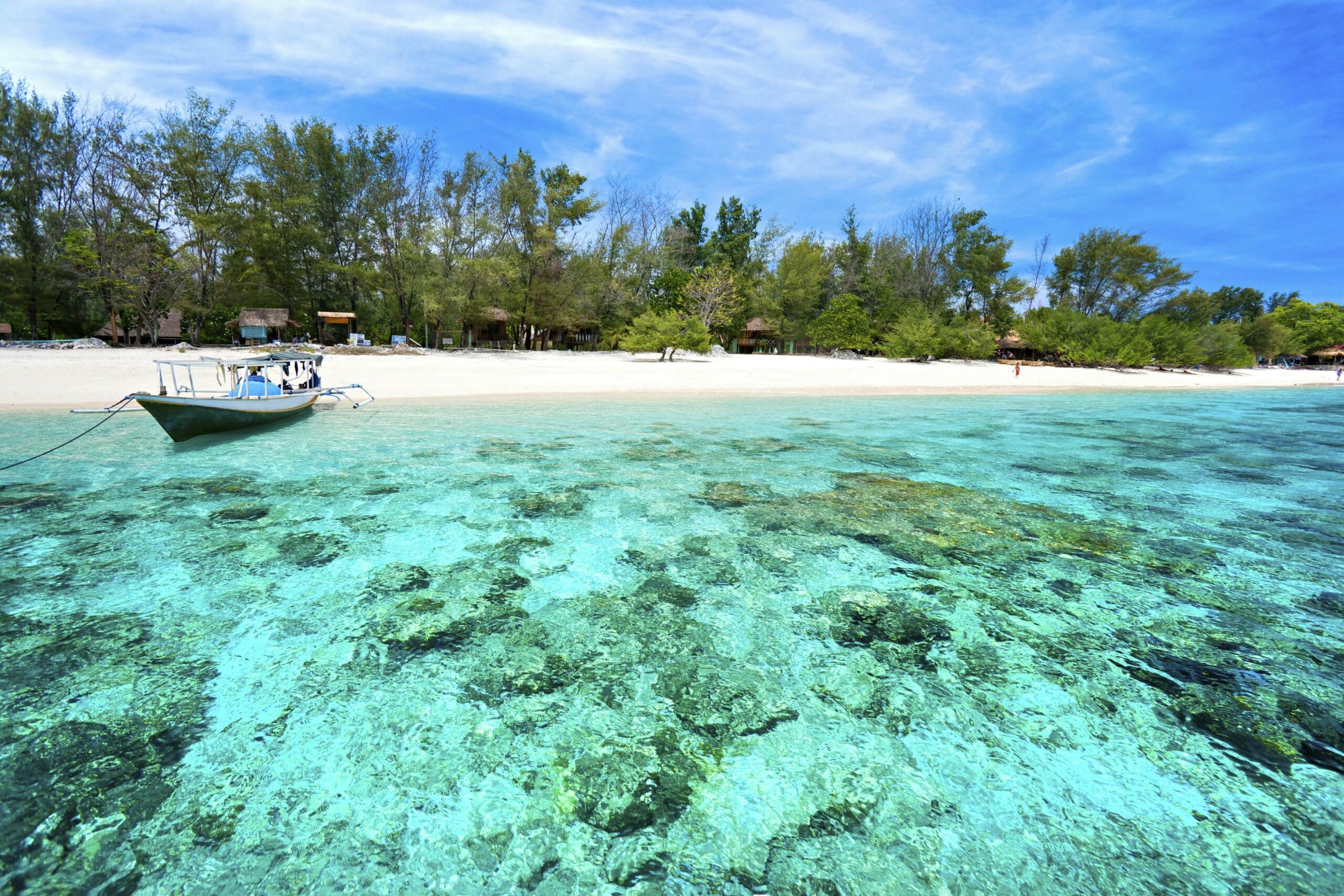Asia, with its myriad of cultures, breathtaking landscapes, and unparalleled biodiversity, stands as a premier destination for travelers from across the globe. As tourism continues to flourish, the imperative for sustainable travel practices becomes increasingly paramount. Sustainable travel in Asia is not merely a choice but a responsibility—to conserve its natural environments, respect local cultures, and ensure economic benefits are equitably distributed among local communities.
Why Sustainable Travel Matters in Asia
In Asia, where the specter of over-tourism threatens the very treasures that attract its visitors, sustainable travel is the path forward. It’s a holistic approach that facilitates experiencing incredible destinations while also contributing positively to their preservation for future generations. Sustainable travel is rooted in minimizing negative impacts and fostering cultural exchange and mutual respect.
Environmental Preservation
Asia’s landscapes are as diverse as they are majestic. From the coral reefs of the Philippines to the ancient rainforests of Borneo, the ecological wonders of the continent are vast. Sustainable travel ensures the preservation of these natural resources, advocating for practices that reduce pollution, conserve water, and promote biodiversity.
Economic Benefits
Sustainable tourism supports local economies. By prioritizing local businesses, artisans, and eco-friendly initiatives, travelers can contribute to sustainable economic development that benefits communities directly, rather than multinational corporations.
Cultural Integrity
Asia’s cultural heritage is its soul. Sustainable travel respects and seeks to preserve these cultural practices and monuments, ensuring they survive and thrive. Engaging with local cultures respectfully allows for a richer, more meaningful travel experience.
Top Destinations for Sustainable Travel in Asia
Bhutan: The Land of the Thunder Dragon
Known as the Land of the Thunder Dragon, Bhutan leads by example in sustainable tourism, maintaining its cultural integrity and environmental conservation through a unique model that limits the number of visitors through a daily fee. This approach funds conservation efforts and sustainable development.

The Gili Islands, Indonesia
These idyllic islands have embraced eco-tourism wholeheartedly, with initiatives ranging from banning motorized transport to supporting coral reef restoration projects. Their commitment to sustainability makes them a perfect choice for the eco-conscious traveler.

Practical Tips for Sustainable Travel in Asia
- Choose Eco-Friendly Accommodations: Look for lodgings that have a low environmental impact, use solar energy, and practice water conservation.
- Support Local Economies: Eat at local restaurants, shop from local artisans, and employ local guides. Your economic contribution will help sustain the communities you visit.
- Reduce Plastic Consumption: Carry a reusable water bottle, avoid plastic straws, and bring your own shopping bags. Minimizing plastic waste is a significant step toward environmental conservation.
- Travel Overland: Whenever possible, choose overland travel options like trains and buses, which generally have a lower carbon footprint compared to domestic flights.
- Educate Yourself: Learn about the culture, customs, and environmental concerns of the places you plan to visit. Awareness is the first step toward responsible travel.
The Role of Theatre in Promoting Sustainable Travel
The role of theatre in promoting sustainable travel is an intriguing intersection. While theatre productions themselves have environmental impacts due to materials, energy, and audience travel, some theaters are actively addressing climate change. For instance:
- National Theatre’s Climate Emergency: The National Theatre declared its own climate emergency and aims to become carbon neutral by 2050, with efforts to achieve this target even faster. They recognize their responsibility and are taking steps to minimize their environmental footprint.
- Creative Opportunities: Theatre, with an eco-centric approach, offers creative opportunities. Whether through new writing, adaptations, or revisions, artists can explore climate-related themes and inspire audiences to think about sustainability.
- Local Initiatives: Some theatre societies, like Warwick’s devised theatre group Codpiece, are creating shows inspired by the physical and social effects of climate change. By engaging with local artists and celebrating diversity, theatre can contribute to long-term cultural preservation and awareness.
- STAGES Project: The STAGES project involves influential theatre and academic organizations collaborating to tour urgent performances on the climate crisis. Remarkably, no people or items will physically move during the tour, demonstrating innovative approaches to sustainability.
Theatre can be both part of the problem (due to its environmental impact) and part of the solution (by raising awareness and creatively addressing climate issues). It’s a fascinating realm where storytelling meets environmental consciousness.
The Role of Technology for Sustainable Travel
Modern technology offers innovative solutions to support sustainable tourism. From apps that guide travelers to eco-friendly businesses to digital platforms for carbon offsetting, tech plays a crucial role in making sustainable travel more accessible and effective.
- Eco-Friendly Travel Apps: Mobile applications provide real-time information on eco-friendly accommodations, local transportation, and sustainable activities. These apps guide travelers toward responsible choices, promoting environmental awareness.
- Carbon Offset Platforms: Digital platforms allow travelers to calculate their carbon footprint and offset it by supporting reforestation projects, renewable energy initiatives, or conservation efforts. This empowers travelers to take direct action against climate change.
- Virtual Reality (VR) Experiences: VR enables immersive travel experiences without physical travel. By virtually exploring destinations, travelers can satisfy their wanderlust while minimizing their ecological impact.
- Blockchain for Transparency: Blockchain technology ensures transparency in supply chains. For instance, it can verify the authenticity of eco-certifications, fair-trade products, and sustainable practices within the tourism industry.
- Smart Destination Management: Smart cities use data analytics to optimize resource usage, reduce waste, and enhance visitor experiences. From efficient waste management to smart transportation systems, technology enhances sustainability.
- Online Booking Platforms: These platforms promote eco-friendly accommodations, encouraging travelers to choose environmentally responsible hotels, lodges, and guesthouses.
Technology empowers travelers to make informed choices, reduces their environmental footprint, and fosters a more sustainable travel ecosystem.
Embracing sustainable travel in Asia allows us to discover the continent’s incredible diversity in a respectful and responsible manner. As travelers, we have the power to contribute positively to the preservation of the destinations we cherish. Let your journey through Asia be guided by the principles of sustainability, and together, we can ensure the wonders of Asia remain vibrant for generations to come.



Cool